On our last day in New York, my mom and I only wanted one thing: Savage Beauty. We patiently waited for nearly an hour at the Met to get it...to experience the much buzzed about Alexander McQueen exhibit...to join the more than 350,000 other musuem goers who have paid homage to McQueen's Met resting place since May 4.
If you haven't gone, WHAT ARE YOU WAITING FOR??? Get on a plane and go to there. It's not just hype. It's not just another costume exhibit. It is history. It is art. It is visceral. It is a dead man's marvelously macabre inner life come to life. It is a reminder that some of us are mere mortals and others are, well, otherworldly. It is the single most stunning, haunting, breathtaking, heartbreaking, inspiring, frightening and thrilling museum experience I have ever had. It is both a tribute to McQueen and his final gift to us.
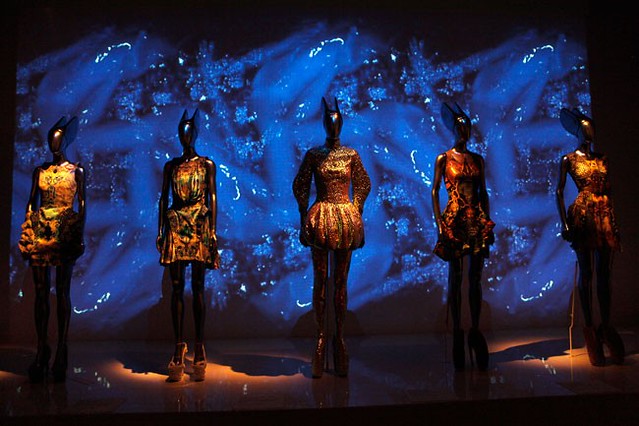
In seven different galleries, the Savage Beauty exhibit spells out McQueen’s multifaceted approach to design—from romantic naturalism to romantic historicism, nationalism, primitivism, individualism, and exoticism. Basically, it's like nothing you've ever experienced in 3D. Halls of mirrors and video installations and holograms and the sounds of howling wolves and, of course, exquisitely executed design. It is like you are dropped into the middle of a dark fairy tale or some beautiful nightmare. It is the future and the past converging in the present. It is like you are plunged into McQueen's pysche, genius and madness---all at once, bleeding into each other, and creating a work of unadulterated inspiration.
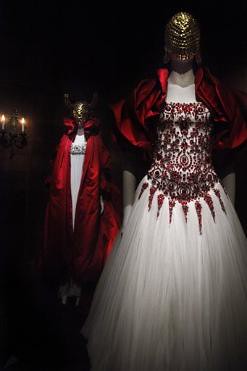
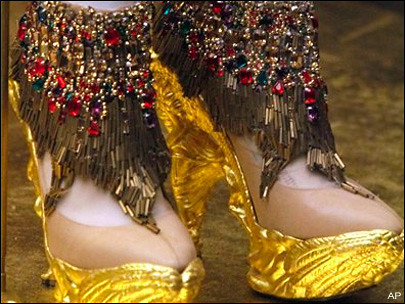
Here are excerpts of the delectably smart descriptions of my favorite rooms from the Met's site:
The first gallery you enter is called “The Romantic Mind,” which is made out of concrete, in a way reflects the rawness of some of the clothes you see in the particular space. It’s inspired by McQueen’s first atelier in Hoxton Square, where McQueen established his house. McQueen trained in tailoring in Savile Row. McQueen was a remarkable craftsman. He was able to channel the skills of his craft, but also to use fashion as a vehicle to express very complex ideas and concepts. In this gallery in particular, you see how McQueen would master the crafts of his trade and subvert them.
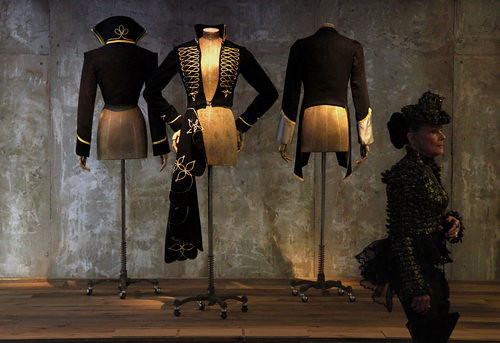
The surface treatment in “Romantic Gothic” is primarily aged mirrors, a material that evokes the idea of Edgar Allen Poe’s “The Fall of the House of Usher.” McQueen often called himself the “Edgar Allen Poe of fashion.” One of the most prevalent and ongoing themes in McQueen’s work was the Gothic, particularly the darker side of the nineteenth century, of Victorianism. Many of the pieces are inspired by the cult of death, and it’s also peopled with characters associated with the literary concept of the Gothic, like vampires, highwaymen, antiheroes, or Byronic heroes.
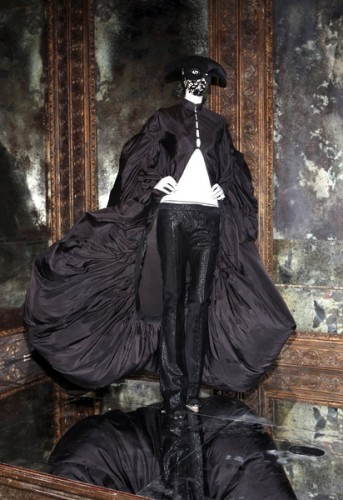
The “Cabinet of Curiosities” refers to the eighteenth-century and nineteenth-century practice of collecting objects from natural history as a way of viewing the world. This room, in a way, is the heart and soul of the exhibition in terms of the fact that you see the breadth of McQueen’s imagination in the pieces on display and the objects that inspired him (nature, primitivism).
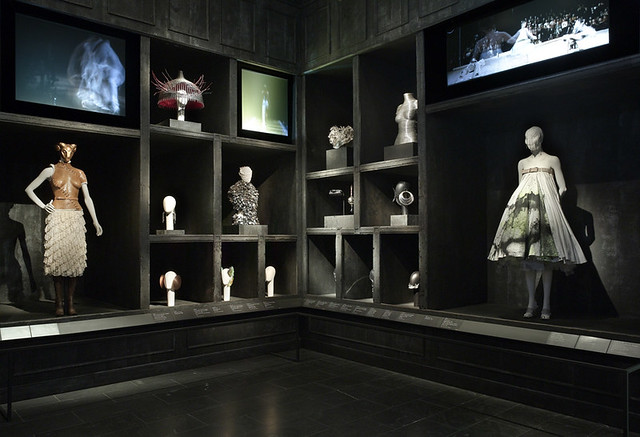
In “Romantic Nationalism,” the surface treatment is marquetry that is designed to reflect McQueen tartan. McQueen was an incredible storyteller, and most of his collections are narrative based. In this particular case, it shows his great pride in his Scottish heritage and also his great love of British history. So in a way, there’s a face-off between the Scots and the Brits.
The second room, “Highland Rape,” is comprised of raw wood. Highland Rape was very provocative when it first was shown in 1995; many people interpreted the rape as being the rape of women. McQueen was very adamant in the fact that the rape in the title referred to the rape of Scotland through the Jacobite Risings of the eighteenth century and the Highland Clearances of the nineteenth century. The violence of that particular time in history was reflected in McQueen’s clothes in the very construction of them; it’s almost as if he took scissors to the garments and slashed them.
In “Romantic Exoticism,” you get the idea of a music box. Mirrors give an idea of infinity, and also rotating turntables. McQueen often looked for inspiration not only in the distant past, but also in other cultures, particularly China and Japan. McQueen loved embroidery, and Japan and China were two cultures that excelled, as did India, another great influence in McQueen’s career.
In the final gallery, “Plato’s Atlantis,” is the last fully realized collection that McQueen designed before he died in February 2010. And it’s covered in acrylic tiles to give the idea of a clinical laboratory. It was a collection that in a way summarized all the major themes throughout McQueen’s career—the contrasting oppositions of man and machine, nature and technology. The actual collection was streamed live over the Internet in a way of trying to create a dialogue between the consumer and the creator. McQueen loved to provoke and loved to provoke you emotionally.
And provoke us emotionally he did. My mom and I left the exhibit close to tears. We escaped to the Met rooftop for some air and reflection. Overlooking all of NYC below us, we discussed how the unbearable madness and pain that drove McQueen to suicide was all there, on display in the exhibit. It was all clearly and gorgeously woven into the genius body of work he created in his lifetime. It's gutwrenching to think that the darkness that inspired McQueen (like so many great artistic minds) was ultimately what enveloped him, and robbed us of his creativity for years to come. Tragic.
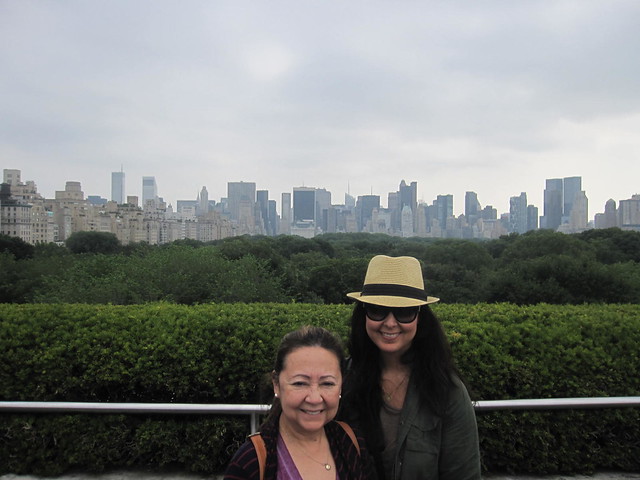
The sole consolation amidst all the heaviness? Not only did I finally get to peep McQueen's armadillos in person, I got to take two of them home, courtesy of the Museum gift shop!!!! You can get your own dillo ornament here and your own dillo magnet here.

The sole consolation amidst all the heaviness? Not only did I finally get to peep McQueen's armadillos in person, I got to take two of them home, courtesy of the Museum gift shop!!!! You can get your own dillo ornament here and your own dillo magnet here.
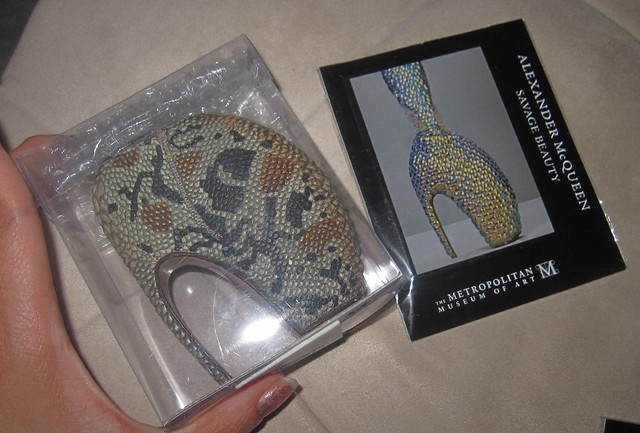
And if you love the art of fashion and theater and performance, check out this amaze compilation of videos from McQueen's runway shows. Long live McQueen!
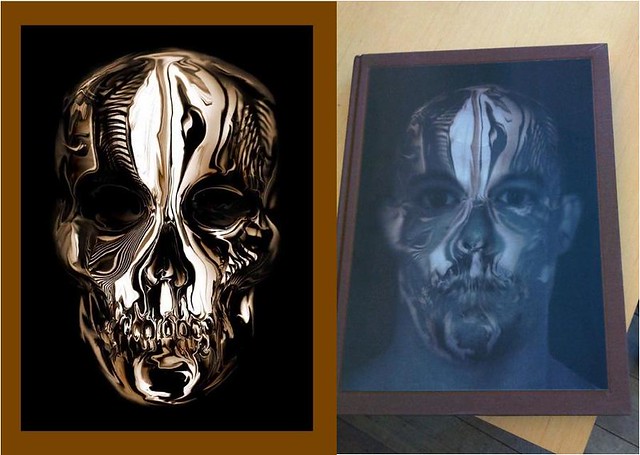

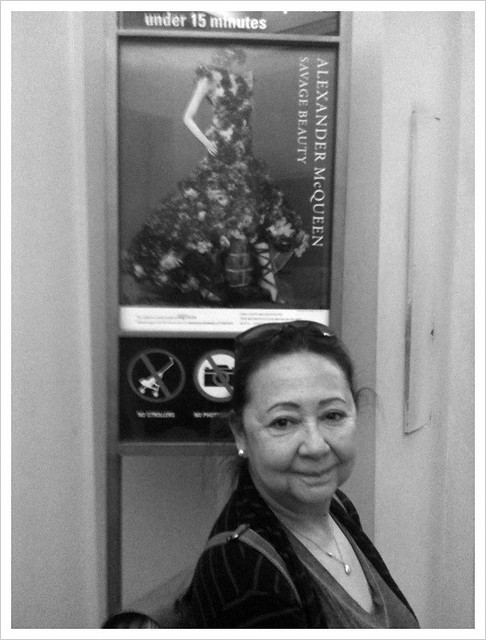
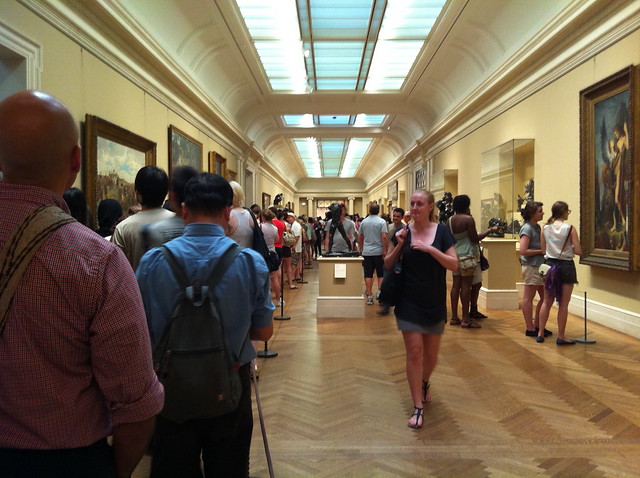
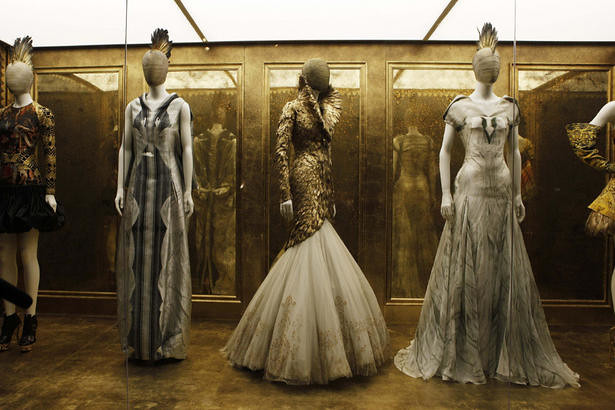
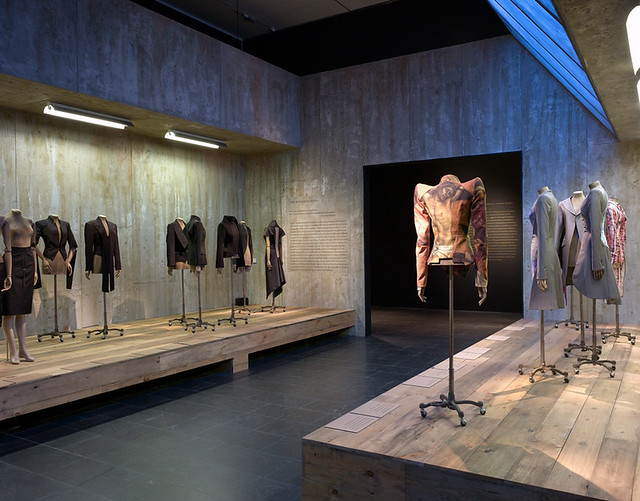
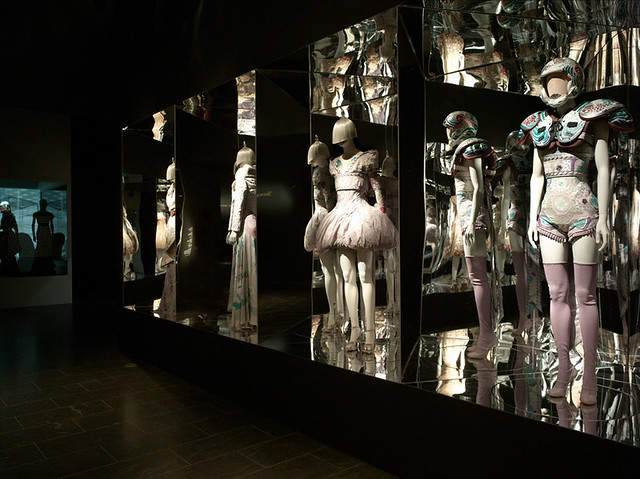
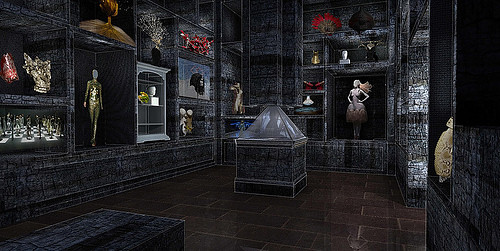
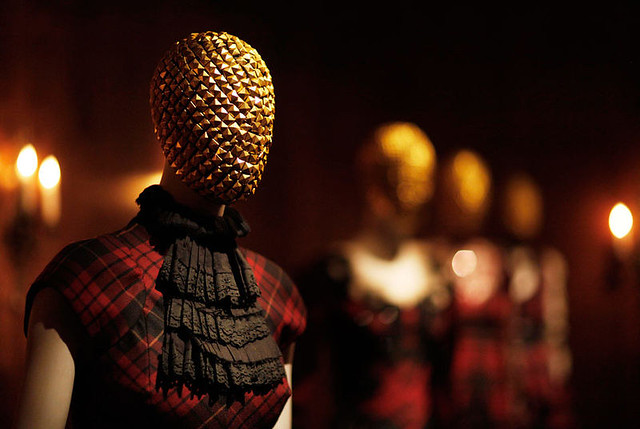
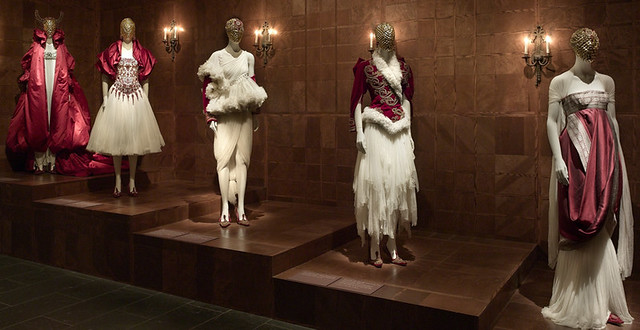
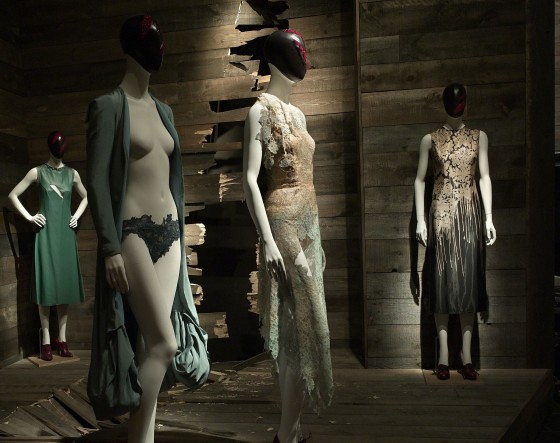
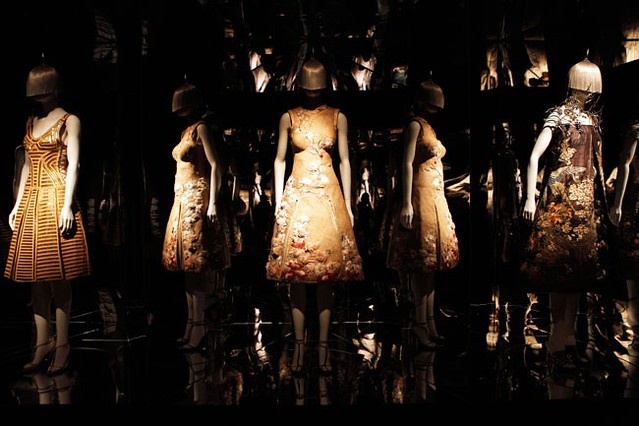

3 comments:
It really is worth the trip, and waiting in line, and fighting the crowd. One quick tip: If you do decide to get on a plane from far afield to see it, it might be worth it to purchase a membership to the Met which allows you and 6 friends to skip the line and have access to the exhibit at times when the museum is normally closed. The membership is expensive if you live close to NYC, but they cut the price if you do not. For example, the friend I was with lives in Dallas, and her annual membership was only $60.
Beautifully written...makes me want to catch a plane to NYC immediately. What a tortured man, and what beauty to behold!
Love this post so much!!! and so wish I could experience it in person. BTW, did you ever post who won the perricone giveaway?
Post a Comment